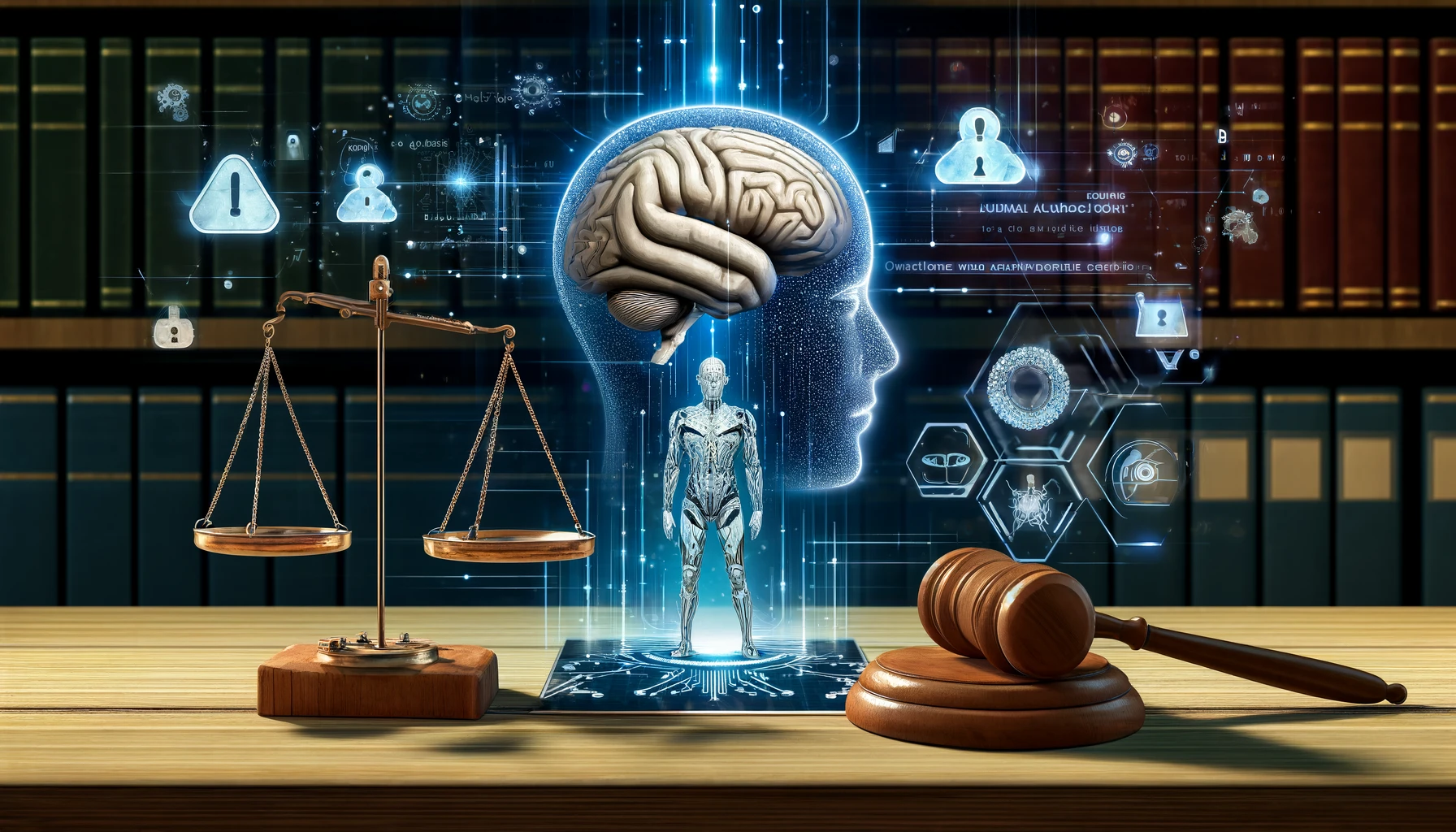As artificial intelligence (AI) continues to revolutionize various industries, the number of AI-related patent filings has seen a sharp increase. Innovators and companies are seeking to protect their advancements in machine learning, natural language processing, and other AI technologies. In response, the U.S. Patent and Trademark Office (USPTO) is continuously refining its guidelines to address the unique challenges of patenting AI-related inventions.
The Growth of AI Patent Filings
The surge in AI-related patents is a direct reflection of the rapidly advancing AI sector. From healthcare to finance, AI is transforming how businesses operate, leading to a race for intellectual property (IP) protection. In particular, patents related to AI algorithms, models, and applications have grown significantly, with major tech companies like Google, IBM, and Microsoft leading the way in filing patents.
While patenting software and algorithms has always been complex, AI presents new challenges due to its unique ability to learn and adapt. This has led to an increased demand for clearer guidelines on what qualifies for patent protection in the AI field.
USPTO’s Evolving Guidelines for AI Patents
The U.S. Patent Office has recognized the need to address the complexities of AI inventions, and it has been steadily refining its guidelines to provide clarity on how AI-related patents are evaluated. One of the primary questions revolves around the eligibility of AI inventions, as many of them fall under the category of abstract ideas, which have historically been difficult to patent.
In its updated guidelines, the USPTO has emphasized that AI-related inventions must show a practical application to be eligible for patent protection. This means that AI technologies must offer a concrete solution to a problem rather than simply being an abstract concept or a mathematical formula. For example, an AI algorithm used in a medical device to improve diagnostics may be patentable if it demonstrates a specific, practical benefit.
Another key consideration for AI patents is whether the invention involves human intervention or is entirely automated. As AI systems become more autonomous, the line between human-driven and AI-driven inventions is blurring, making it even more critical for the Patent Office to refine its standards.
The Debate Around AI as an Inventor
A major area of discussion in AI patent law is whether AI can be listed as an inventor. Currently, U.S. patent law requires that patents be filed under a human inventor’s name. However, with AI systems now capable of generating innovative ideas without human input, there has been growing debate over whether AI should be recognized as an inventor.
In recent cases, the courts have ruled that only humans can be listed as inventors, but this issue is far from settled. As AI continues to evolve, it is likely that this topic will be revisited in the coming years, potentially reshaping patent law as we know it.
Challenges for AI Innovators
For innovators working in AI, navigating the patent process can be daunting. The current patent system, built for human inventors and traditional technologies, does not always align with the unique attributes of AI. As a result, AI developers must work closely with patent attorneys to ensure that their inventions meet the criteria set by the USPTO.
Additionally, AI patents face challenges in terms of enforceability. The rapid pace of AI development means that patented technologies can quickly become outdated, raising questions about the long-term value of AI patents. Innovators must carefully consider whether patenting an AI invention is the best course of action or if alternative forms of IP protection, such as trade secrets, might be more effective.
Looking Ahead: The Future of AI Patents
As AI continues to play a larger role in global innovation, the demand for patent protection in this field will only increase. The USPTO will need to continue refining its guidelines to keep pace with the evolving technology landscape. This includes addressing the growing role of AI in inventing new technologies, clarifying the criteria for patent eligibility, and ensuring that the patent system remains fair and accessible for all innovators.
For AI developers and companies, staying informed about the latest developments in patent law is essential. By understanding the evolving guidelines and working closely with legal experts, innovators can better protect their intellectual property and ensure that their AI-driven inventions receive the recognition and protection they deserve.
The rise in AI-related patent filings reflects the immense potential of artificial intelligence to reshape industries and drive innovation. As the U.S. Patent Office continues to refine its guidelines, innovators must navigate the complexities of patent law to protect their AI inventions effectively. With ongoing debates about AI as an inventor and the challenges of patenting abstract ideas, the future of AI patent law promises to be dynamic and transformative.




